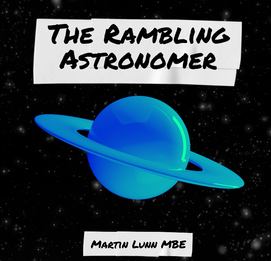Westminster Gazette, Monday 12th December 1910
The
very interesting little book, " Tennyson as a Student and Poet
of Nature," by Sir Norman Lockyer, K.C.8., and Winifred L.
Lockyer just published by Messrs. Macmillan (4s. M. net), contains
the passages in the late Laureates works which deal with the
scientific aspects of nature. "
All
such references have been brought together and classified, and by
means of notes kindly supplied by various authorities it has been
shown how very true to fact Tennyson's descriptions are and how keen
and careful an observer be was." Quite a number of prominent
scientific authorities have given their assistance, and Lord Tennyson
has also read some of the proofs and made suggestions.
In
the matter of nature knowledge, Dante, it is contended, is the only
poet Who can be even named along with Tennyson. Sir Norman Lockyer,
in his preface, tells of his own meetings with Tennyson, and of the
great interest the poet always took in matters scientific.
Sir
Norman was living in 1864 at West Hampstead, and had erected his 6in.
Cooke Equatorial in the garden, and concerning Tennyson he says : I
soon found that he was an enthusiastic astronomer. and that few
points of the descriptive part of the subject had escaped him. He
was, therefore. often in the observatory. Some of his remarks still
linger fresh in my memory. One night the moon’s terminator swept
across the broken ground round Tycho, he said "What a splendid
Hell that would make." Again, alter showing him the clusters in
Hercules and Perseus, he remarked musingly. I cannot think much of
the county families after that."
In
the seventies and eighties Tennyson rarely came to London without
discussing some scientific points with his friend. In 1890 Sir
Norman visited Tennyson at Aldworth, when he was in his eighty-second
year : I was then (says Sir Norman) writing the " Meteoritic
Hypothesis" and he had asked for proof sheets. Where I arrived
there I was touched to find that he had had them bound together for
convenience in reading, and from the conversation we had I formed the
impression that he had read every line. It was a subject after his
own heart. . . . One of the nights during my stay was very fine, and
be said to me " Now. Lockyer. let us look at the double stars
again," and we did. There was a 2inch telescope at Aldworth.
Tennyson's interest in astronomy was, Sir Norman adds, persistent
until his death.
The
breadth of Tennyson's outlook upon nature is, as Sir Norman Lockyer
points out, only equalled by the minute accuracy of observation
displayed. Hundreds of quotations are here grouped together from his
poems, and they refer not only to evolution but to the starry
heavens, the sun and sunlight, the moon and moonlight, bird-life and
song, the insect world, animals and their ways, plants and trees,
water and aquatic life, the importance of knowledge, and so forth.















































